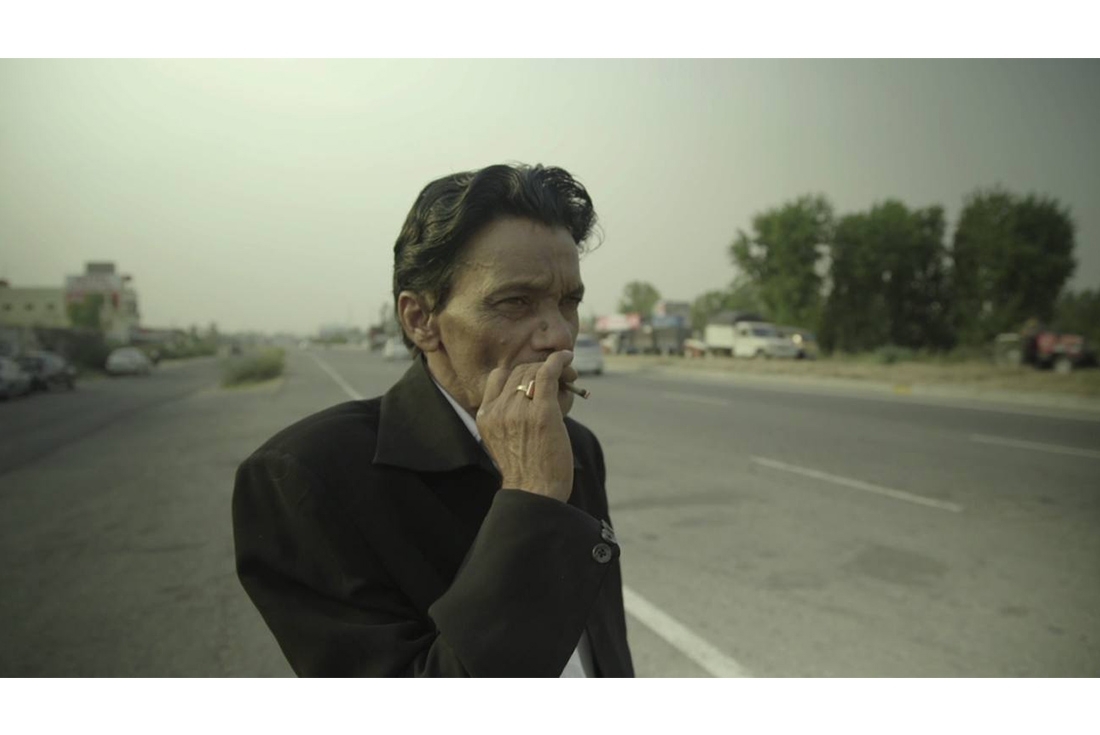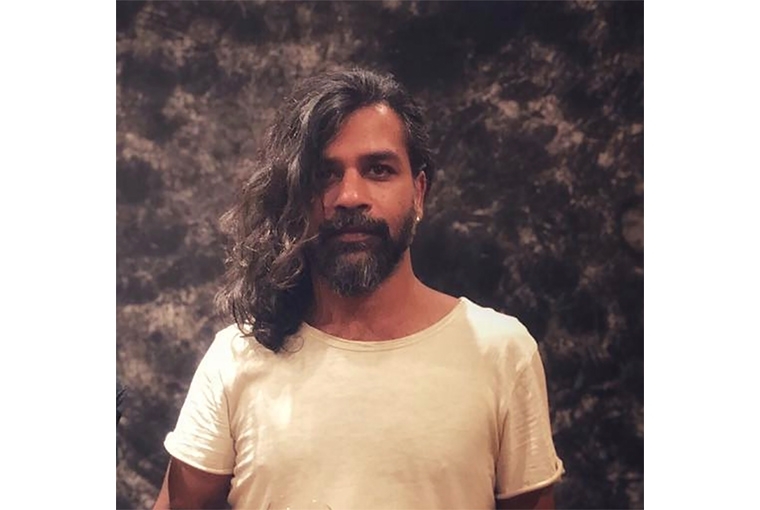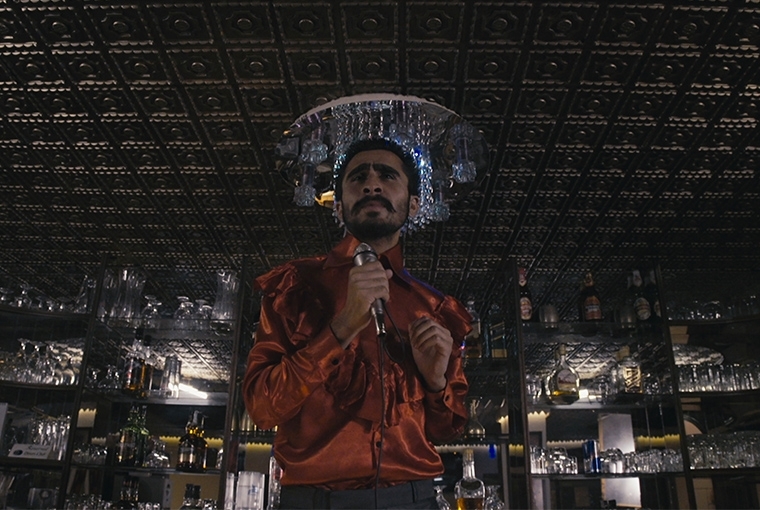

He never studied filmmaking, but ended up making one of the most important films that need to be watched this year. Mehsampur is a movie based on singer Amar Singh Chamkila, who was killed along with his wife and stage partner Amarjot on March 8, 1988. Its debutant director, Kabir, takes us through both the dark and bright bits of recreating the staggering real life story of violence - ridden Punjab.
To begin with — could you please tell me a little about yourself and your growing up years?
I grew up in Chandigarh — my growing up years were surrounded by theatre and the arts since my mother is a theatre director. My house was constantly buzzing with musicians, actors and creative individuals. Back then I wanted to be an art - ist since I thought I was good with the brush and pen. later this changed as I started studying Anthropology at St.Xavier’s , Bombay, which led me to pursue a career in Visual Anthropology. What drew you to filmmaking in the first place? While studying Anthropology, my girl - friend at the time had a handy - cam which I started toying with — staying in the hostel I started making short films with my hostel - mates as the subjects. In the evenings we would sit around watching what I had shot through the day, and everyone seemed entertained. This is when I started thinking that filmmaking seems to embody all the other art forms — poetry, music, painting, dance, sculpture, architecture all in this one space, and all these can be multiplied through film.

Filmmaker, Kabir
What drew you to filmmaking in the first place?
While studying Anthropology, my girl- friend at the time had a handy-cam which I started toying with—staying in the hostel I started making short films with my hostel-mates as the subjects. In the evenings we would sit around watching what I had shot through the day, and everyone seemed entertained. This is when I started thinking that filmmaking seems to embody all the other art forms—poetry, music, painting, dance, sculpture, architecture all in this one space, and all these can be multiplied through film.
Chamkila’s story, although important, is set in the 90s. What was it about the subject that drew you towards it in the first place and kept you holding on?
What really drew me to Chamkila’s story was that he was shot dead with his entire crew on stage—knowing the fact that his provocative songs were getting him death threats he continued to sing, he had to without fear. It was this that drew me to him in the first place—and as I started doing more research many other things came up which kept my enthusiasm alive.

Film Still
I read that you almost made the film in 2015 but had to drop it because of lack of funds; has the script evolved since then?
The journey of the film started while I was researching about Chamkila and Amarjot, legendary singers from punjab who were either assassinated by militants during the insurgency in the 80s in punjab, or by rival singers, jealous of their escalating popularity. Both theories are contested and are to date mired in uncertainty. The research was for a film titled Lal Parior ‘Red Angel’, and during my travels in punjab, I met many families who knew the singer duo and were familiar with the militancy during that period. They shared with me their reading of the situation and the fear and uncertainty that existed. During that process, I recorded a series of interviews and also visited many akhadas [performance spaces where the couple performed. Going to the homes of families who had been savaged by the atrocities of the police or knew the singer couple, I recognised how we, as artists, crassly barge into people’s homes, make them relive their dark memories, encourage them to reconstruct brutal moments to get the material required for the film. This made me ponder over the role of an art- ist and his intrusiveness in search of information. I wanted to capture these aspects of violation in Mehsampur, stripping away romantic notions of what it means to be a filmmaker. My starting premise was what a basic idea of a story with some emotional beats, an imagined atmosphere, and a couple of images. I wanted to cast real people whom I had met during the for Lal Pari. I wanted them to and seems to shift between the real and play themselves as I had perceived or old interpreted them with my writer.
How challenging was it to garner funds?
The reason the film took us three years was because I was constantly on funds—most of our time was spent begging and borrowing money from people. or knew the singer couple. Whenever we would run out of money I would put up a desperate post on Facebook and somehow garner people’s sympathy to give us more money to take small baby steps towards completion.
When did you decide you wanted to make this film an interplay of different genres?
It became a philosophical question as the lines between the real and the fictional overlapped and blurred and what emerged was an alternative reality, part fictional and part real. Every character in the film is playing a fictionalised version of themselves, and seems to shift between the real and the imagined. The characters of the old singer and the manager are ‘real’ but are invited to ‘perform’ adding bits and pieces to heighten the dramatic impact. Most of the characters in the film, the‘real’ and ‘the created’ were non-professionals. The film’s protagonist is a film director filming his research with his handycam—filming his own film within our film—there was another layer of someone filming us filming the film, which we eventually scrapped—because even though the possibilities in this process may have been endless, it may have complicated the narrative further. While making the film, I started reflecting on my own actions as a film director in a way that I had not introspected before.
To evaluate the moral muscle of ‘what it means to be a film maker’ imagining lives, far removed from ours, entering into terrain that we do not belong to, of appropriation, became ethical questions that I had to confront and question. This film digs deep into the complexity of the human condition and the nature and value of compassion.
What are you trying to communicate through this film?
Mehsampur is a film that would be difficult for me to define or position. It is a documentary, or a fictionalized version of a reality that already existed but was filtered through my imagination in the process of its filming. It could be seen as a film within a film within a film. Many approaches have been used: from the experimental to the documentary to the using of archival material, along with the mixing of real characters with fictional characters. In an attempt to rekindle a traumatic memory, a film- maker pushes a fading musician and a disturbed actress to the edge—this is the simplest way I can describe it. I wouldrefrain from using words like hybrid to describe the film and would rather use the term cinematic non-fiction.
Text Hansika Lohani Mehtani